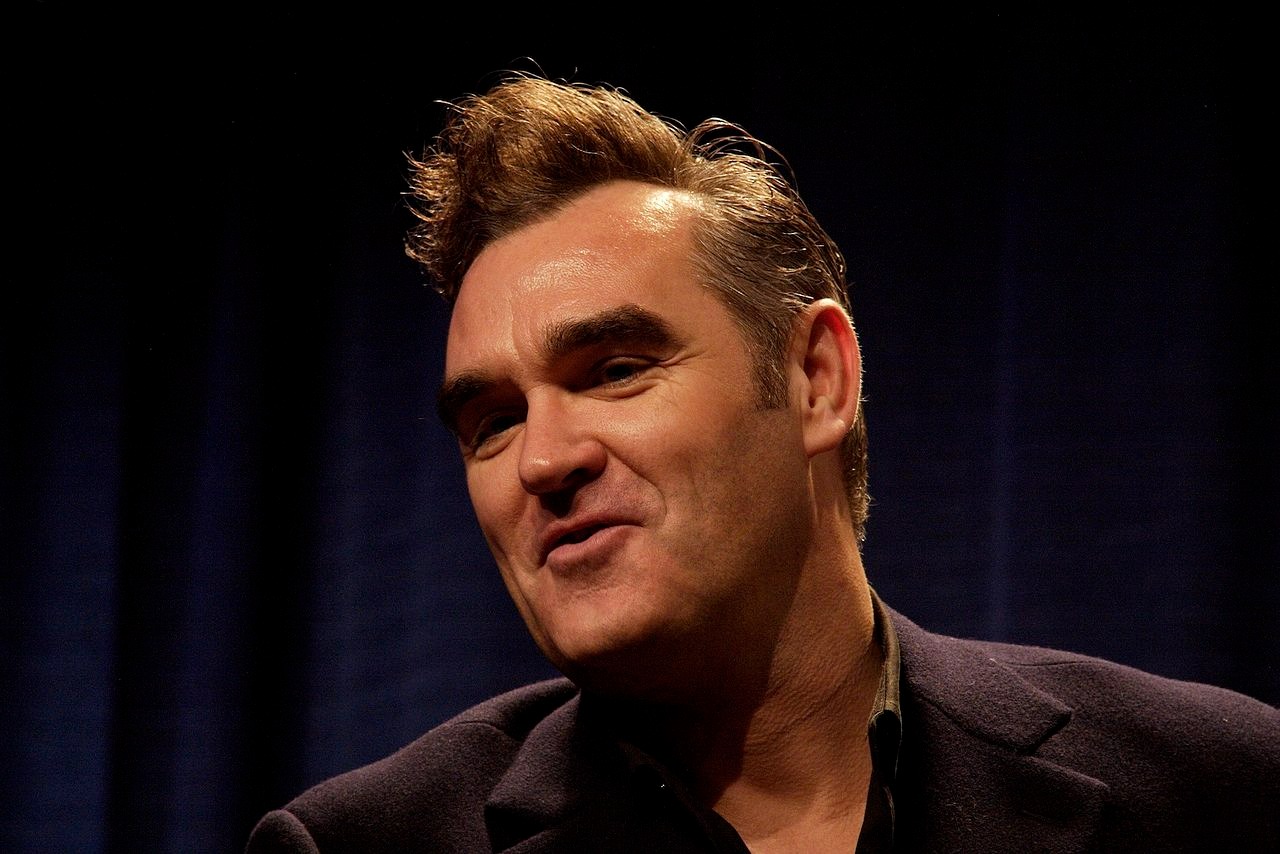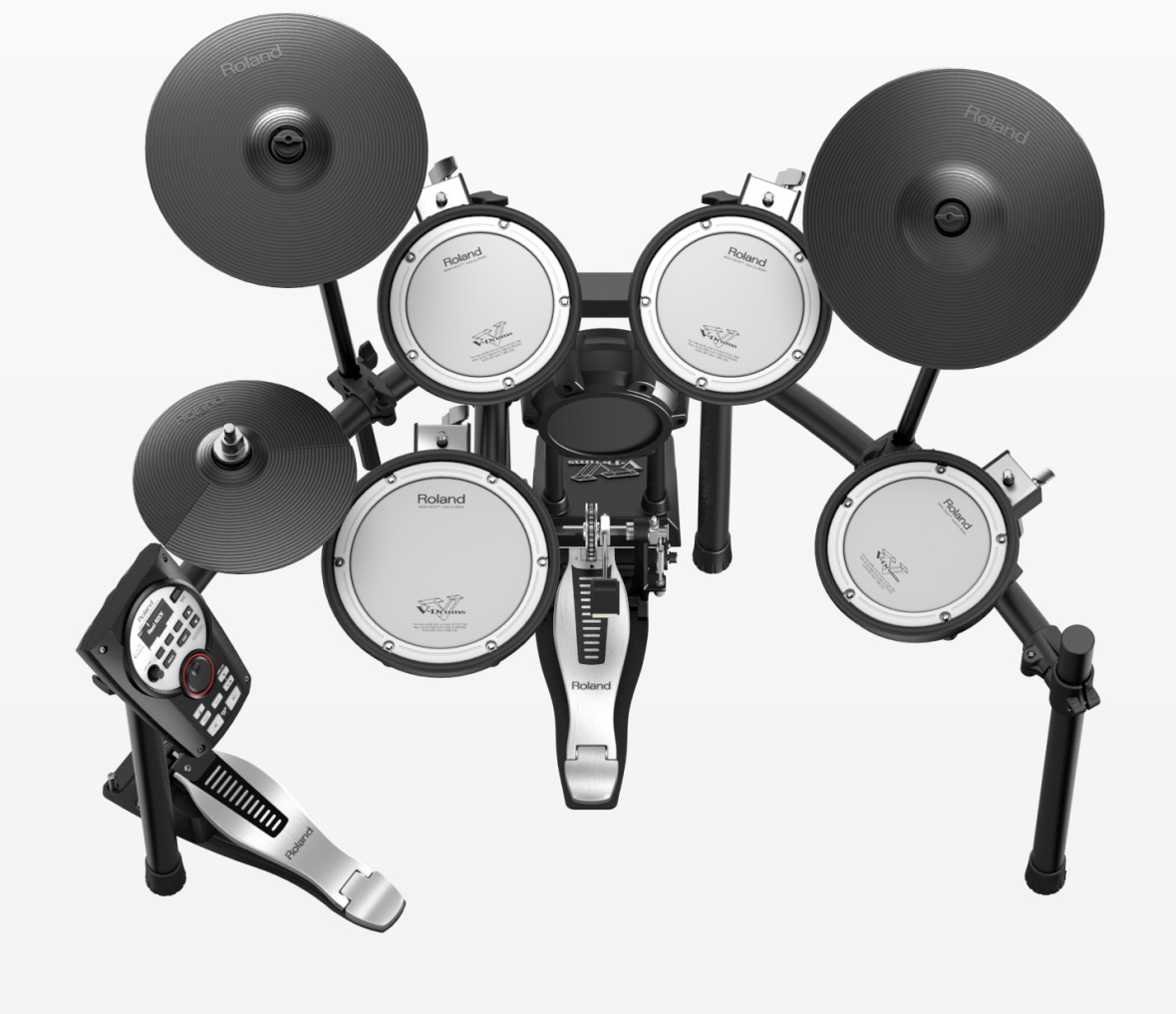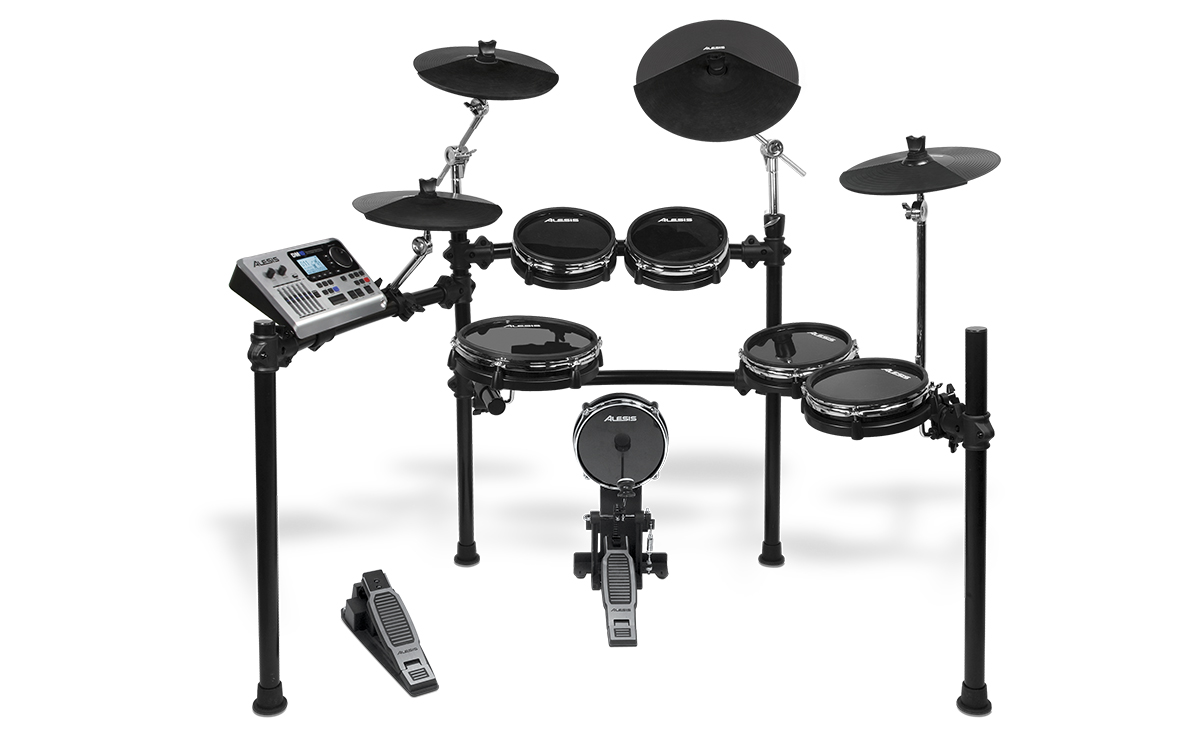
What really changed for American women in the 1980s? Behind the bold makeup and power suits, a revolution was brewing. Women were entering college in record numbers and breaking into male-dominated fields. Yet for every step forward, old barriers remained stubbornly in place. The wage gap persisted, and workplace discrimination lurked beneath the surface.
The story of women in the 1980s holds vital lessons for today’s gender equality movement.
38. The Defeat Of The ERA

The Equal Rights Amendment faced final defeat in 1982 under fierce opposition from Phyllis Schlafly’s STOP ERA movement. Conservative women’s groups successfully blocked ratification through grassroots organizing. While 38 states needed to ratify for passage, organizers fell three states short. The defeat solidified Schlafly’s influence over Republican Party gender politics.
37. Women On TV
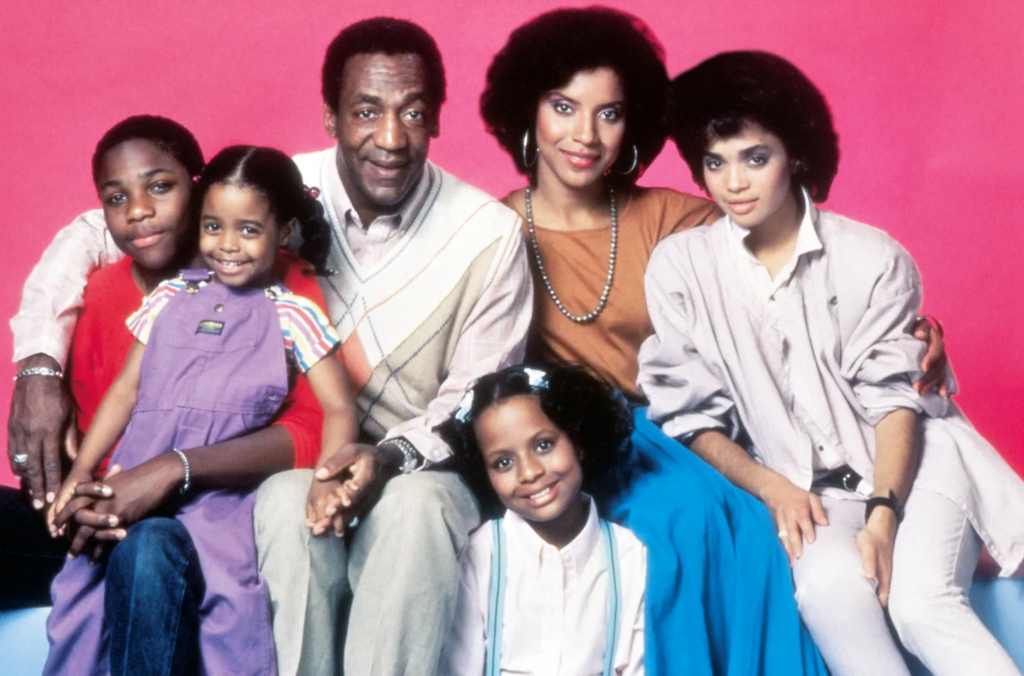
“Cagney & Lacey” broke barriers in 1983 by proving women leads could capture mainstream audiences. The show consistently drew 28% higher ratings than other police dramas. The Cosby Show’s Claire Huxtable character redefined working mothers in prime time. Murphy Brown further challenged stereotypes about career women.
36. Black Women In Music
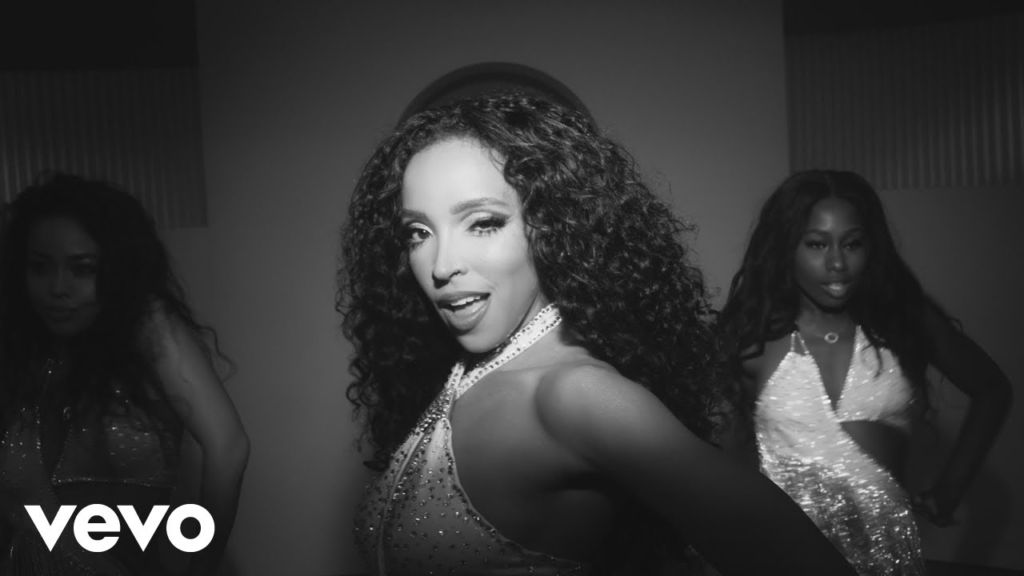
Whitney Houston’s 1985 debut album revolutionized possibilities for Black women in mainstream music. Her unprecedented seven consecutive Billboard Hot 100 hits shattered industry records. Janet Jackson’s “Control” album established new standards for artistic autonomy. Tina Turner’s “Private Dancer” comeback reinforced this transformation.
35. FloJo Appreciation

Florence Griffith-Joyner dominated the 1988 Olympics while challenging athletic fashion conventions. At the Seoul Games, FloJo shattered world records with bold style. Her world records in both 100m and 200m sprints showcased extraordinary talent. These records remain unbroken, cementing her position in sports history.
34. Reagan, Women, & The Gender Gap

Ronald Reagan’s presidency sparked unprecedented gender gaps in voting patterns. Women consistently opposed Reagan’s cuts to social programs and stance on ERA. The 1984 presidential election revealed a historic 10-point gender gap against Reagan. Betty Friedan and Gloria Steinem led opposition to Reagan’s economic policies.
33. The Failure Of The EEA

Representatives Patricia Schroeder and Olympia Snowe championed the Economic Equity Act between 1981-1984. The Act targeted discrimination in pensions, insurance, and child support. Studies showed 77% of working women lacked adequate retirement benefits. The U.S. Chamber of Commerce’s opposition ultimately blocked reforms.
32. Reagan, Abortion, & Sandra Day O’Connor

The Coalition of Labor Union Women saw Black women assume leadership roles from 1982-1986. Civil rights veteran Addie Wyatt strengthened labor-civil rights alliances. Black women’s union membership rose 23% between 1980 and 1984. AFL-CIO chapters gained power through grassroots organizing.
31. Black Women + Labor

Carol Moseley Braun began her political ascent in Illinois state politics. Shirley Chisholm’s legacy inspired a new generation of Black women candidates. By 1986, 312 Black women held elected positions nationwide. Barbara Jordan’s influence shaped democratic party platforms.
30. Black Women + Electoral Politics
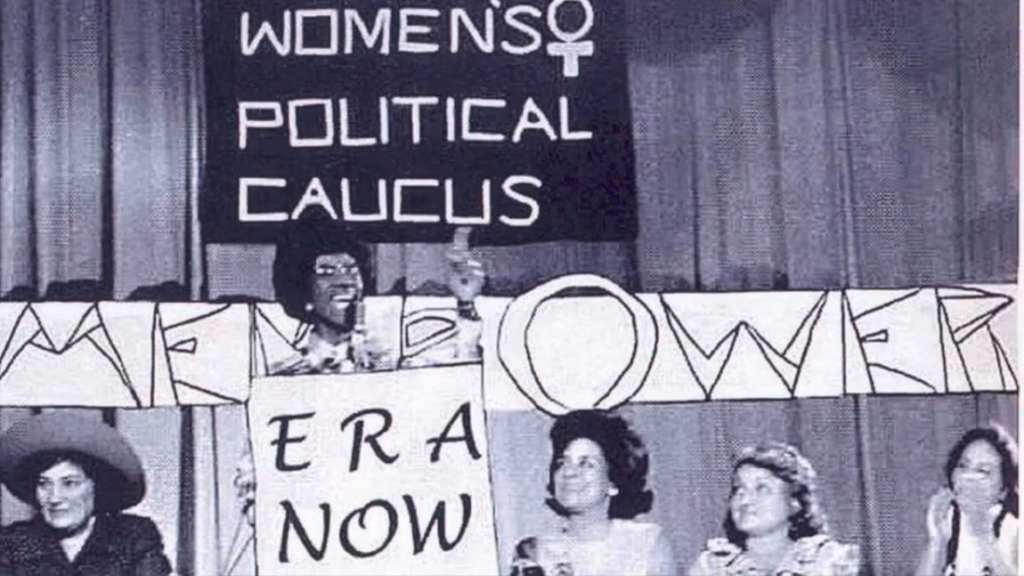
Ellen Malcolm founded EMILY’s List in 1985 to fund women candidates. The organization proved early money could determine primary victories. EMILY’s List raised $1.2 million in its first election cycle. Donors included prominent feminists Gloria Steinem and Betty Friedan.
29. NOW, NARAL, Emily’s List
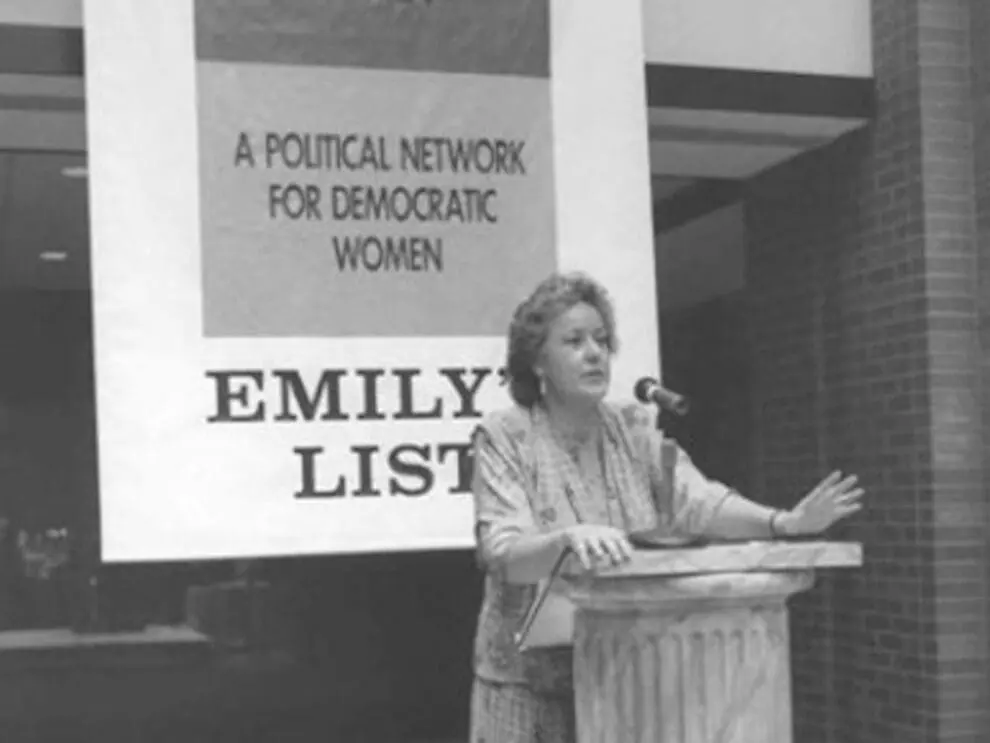
Ellen Malcolm founded EMILY’s List in 1985 to fund women candidates. The organization proved early money could determine primary victories. EMILY’s List raised $1.2 million in its first election cycle. Donors included prominent feminists Gloria Steinem and Betty Friedan.
28. Democrats + Republican Strategies on Women
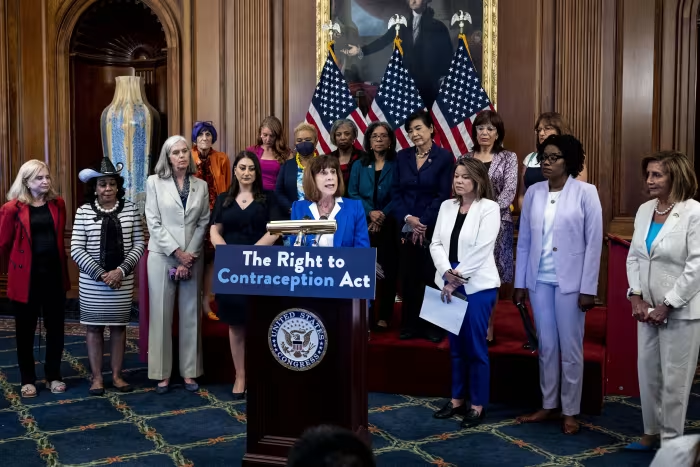
The Republican National Committee under Lee Atwater targeted “family values” voters. Democratic National Committee chair Paul Kirk emphasized women’s rights platforms. Polling showed an unprecedented 15-point gender gap in congressional races. RNC director Mary Crisp resigned over ERA opposition.
27. Rejection Of Feminism
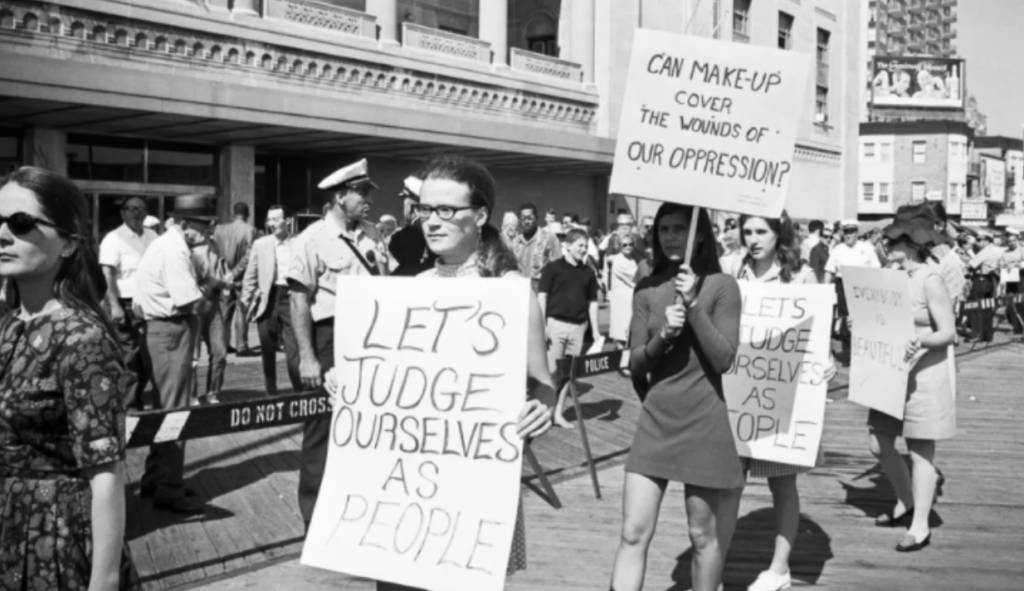
Betty Friedan and Gloria Steinem faced challenges from younger women activists. Ms. Magazine’s surveys revealed complex attitudes toward feminist identity. Studies showed only 33% of women publicly identified as feminists by 1985. Susan Faludi documented this shift in “Backlash.”
26. Women In Higher Ed

President Reagan’s Education Secretary Terrel Bell faced Title IX enforcement debates. Smith, Wellesley, and Mount Holyoke reported enrollment increases. By 1985, women comprised 52% of undergraduate students nationwide. Athletic Director Donna Lopiano led equality fights at University of Texas.
25. Sex Workers, Porn, And Sexual Desire

Andrea Dworkin and Catharine MacKinnon drafted anti-pornography ordinances. The American Civil Liberties Union opposed these measures on First Amendment grounds. The industry reported $8.2 billion in revenue for 1986. Gloria Steinem and Betty Friedan disagreed publicly over regulation approaches.
24. Makeup And Beauty Standards

The 1980s beauty industry underwent explosive growth as media influence on appearance standards intensified. Annual spending on cosmetics increased by 300% between 1980 and 1989, reflecting growing pressure to maintain specific beauty standards. Television and magazine advertising created new expectations for women’s appearance and professional presentation. Your physical appearance increasingly affected career opportunities and social status. The commercialization of beauty reshaped women’s relationship with their own image.
23. Beauty, Careers, & Christine Craft

Christine Craft’s 1983 lawsuit against KMBC-TV exposed systemic discrimination. Her case revealed widespread age and appearance bias in television news. Industry surveys showed 40% of female broadcasters faced similar discrimination. CBS News anchor Connie Chung supported Craft’s claims.
22. Karen Carpenter, Eating Disorders, & Fitness Culture
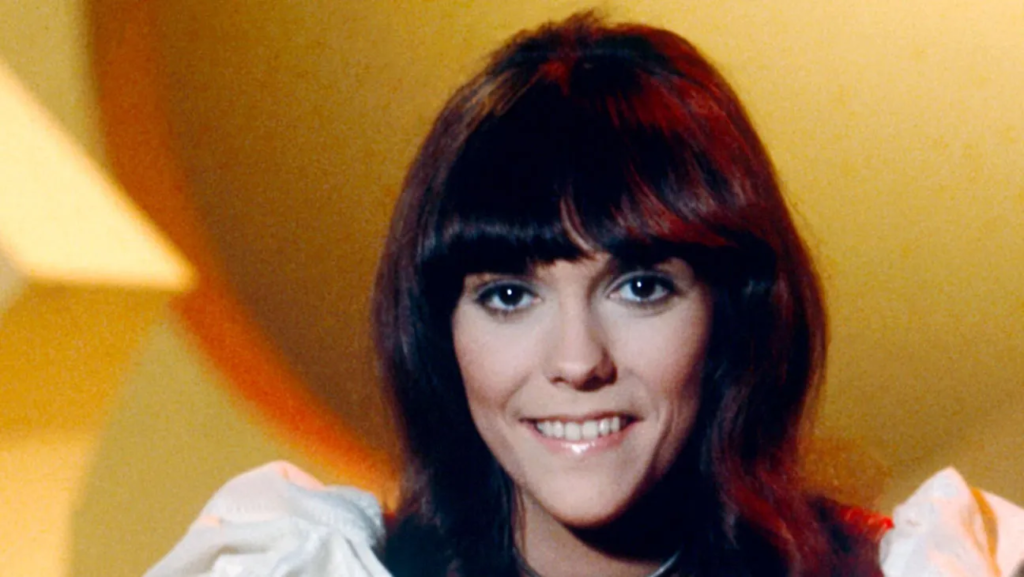
Karen Carpenter’s death in 1983 forced eating disorders into public consciousness. Jane Fonda’s workout empire symbolized the fitness boom. Mental health experts reported a 200% rise in eating disorder diagnoses. Dr. Steven Levenkron’s “The Best Little Girl in the World” influenced treatment approaches.
21. Plastic Surgery + Bettering The Odds
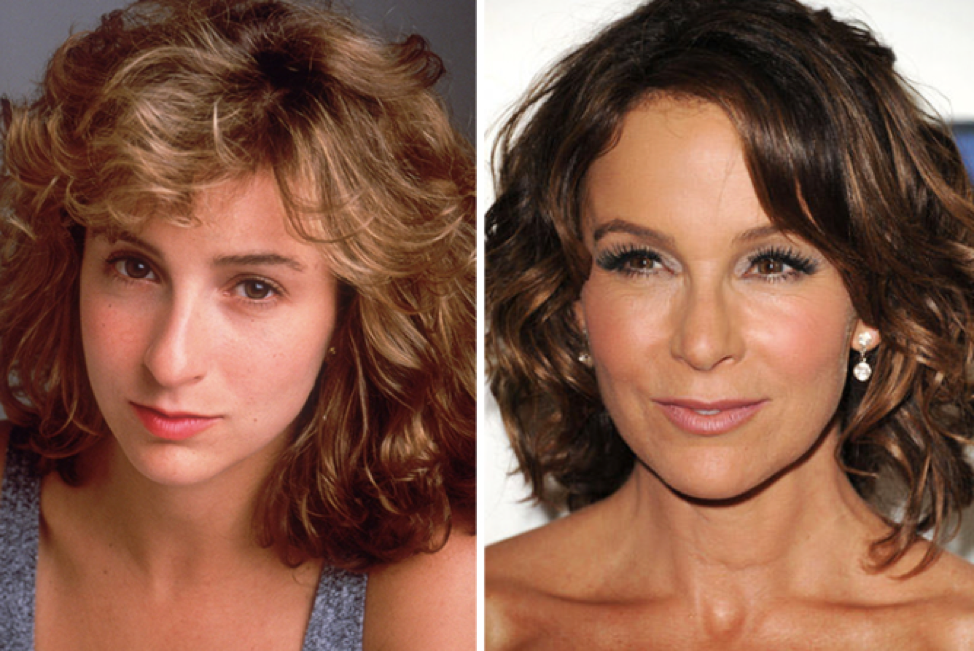
Dr. Thomas Baker pioneered “career enhancement” procedures in Miami. The American Society of Plastic Surgeons reported rising demand. Surgeons performed 150% more operations between 1980 and 1988. Dr. Joyce Brothers linked career pressure to increased procedures.
20. Different Kinds Of Feminism

bell hooks published “Ain’t I a Woman” in 1981, challenging mainstream feminism. Audre Lorde and Barbara Smith founded Kitchen Table: Women of Color Press. By 1985, 200 women’s studies programs operated nationwide. Patricia Hill Collins developed Black feminist thought at University of Cincinnati.
19. Love + Marriage

Census Bureau Director Barbara Everitt Bryant documented changing marriage trends. Singles columnists Ellen Goodman and Ann Landers noted evolving relationship expectations. College-educated women married at age 25.5 in 1985, up from 22.8. Dr. Joyce Brothers linked career goals to delayed marriage.
18. Heritage Foundation + Family Protection Act

Heritage Foundation president Edwin Feulner shaped Reagan administration policies. Phyllis Schlafly’s Eagle Forum provided key support. Budget cuts affected 53 programs serving women and children. Policy architect Paul Weyrich promoted traditional family structures.
17. Working + Mothering
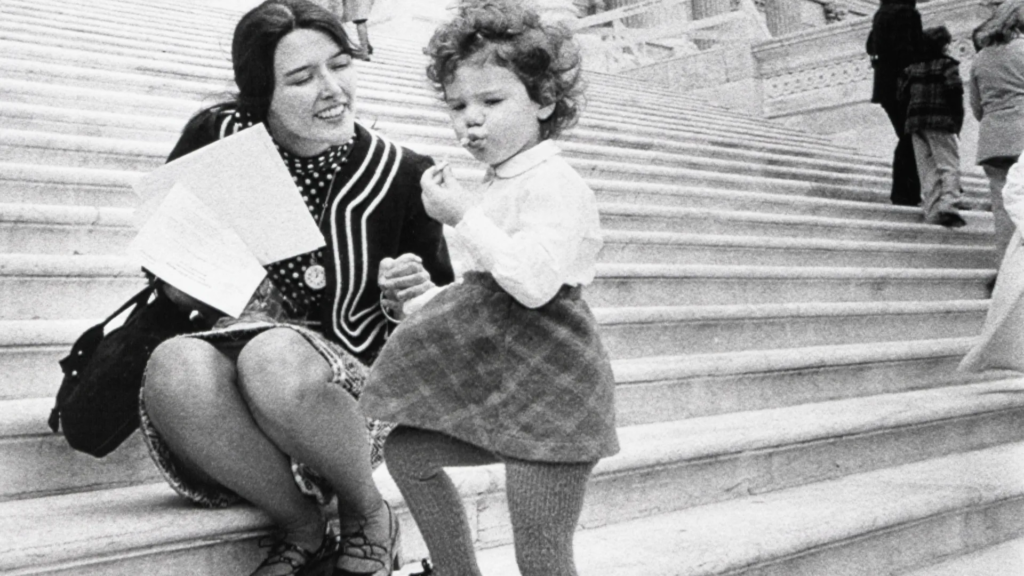
Labor Secretary Elizabeth Dole reported dramatic workforce changes. Congresswoman Pat Schroeder championed family leave legislation. Studies found 62% of mothers with children under six worked outside the home. Betty Friedan’s “The Second Stage” examined work-family conflicts.
16. Dating

Helen Gurley Brown’s Cosmopolitan promoted new dating norms. Dr. Ruth Westheimer addressed AIDS concerns on national radio. Research showed 71% of women shared or paid dating costs. Ann Landers’ columns reflected changing relationship expectations.
15. Fertility, Surrogacy, Baby M
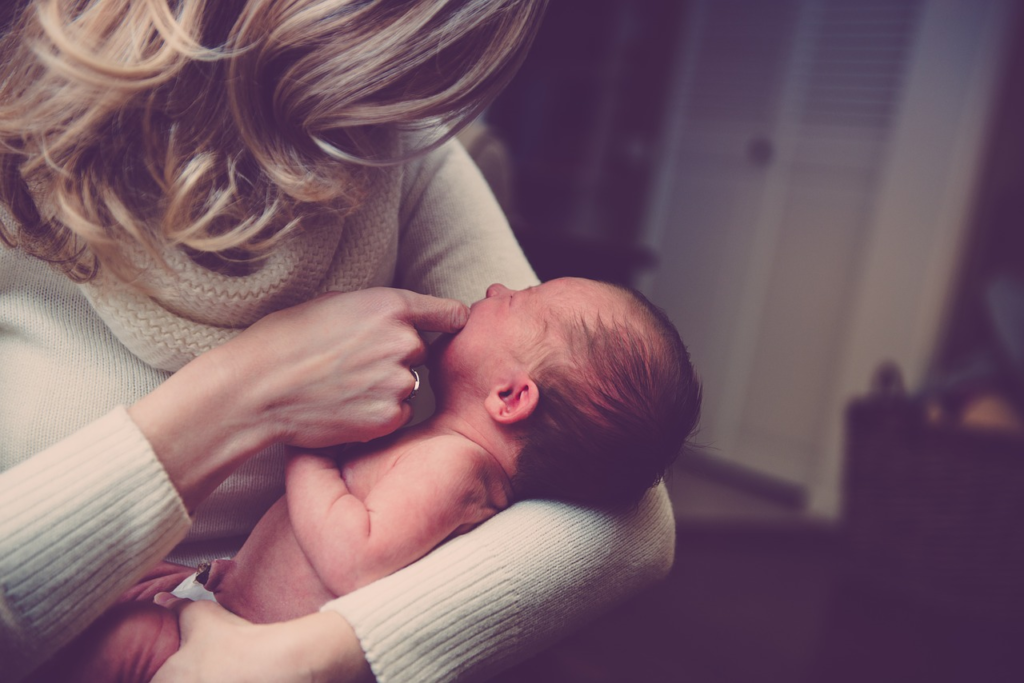
Mary Beth Whitehead’s surrogacy contract sparked national debate. Judge Harvey Sorkow’s initial ruling favored the Sterns. Fertility clinics reported 48% annual growth between 1984-1988. Gloria Steinem and Betty Friedan offered opposing views on surrogacy rights.
14. Black Mothers + “Crack Babies”

Washington Post reporter Leon Dash investigated crack cocaine’s impact. CBS News anchor Dan Rather aired inflammatory coverage throughout 1986. Networks broadcast 413 negative stories about Black mothers. Dr. Alvin Poussaint publicly challenged media stereotypes.
13. Black Single Moms + Rethinking The Moynihan Report

Sociologists William Julius Wilson and Robert Hill challenged the Moynihan Report. The Urban League documented economic resilience in Black communities. Census data showed 43% of Black households maintained by single mothers. Dr. Dorothy Height advocated for policy reforms.
12. Black Women’s Marriage Rates + Options

Sociologist William Julius Wilson published “The Truly Disadvantaged” in 1987. Dr. Joyce Ladner documented changing marriage patterns. Marriage rates declined 25% faster among Black women than other groups. Harvard’s Dr. Charles Willie analyzed education’s impact.
11. Sharazad Ali + Black Pick Me-Ism
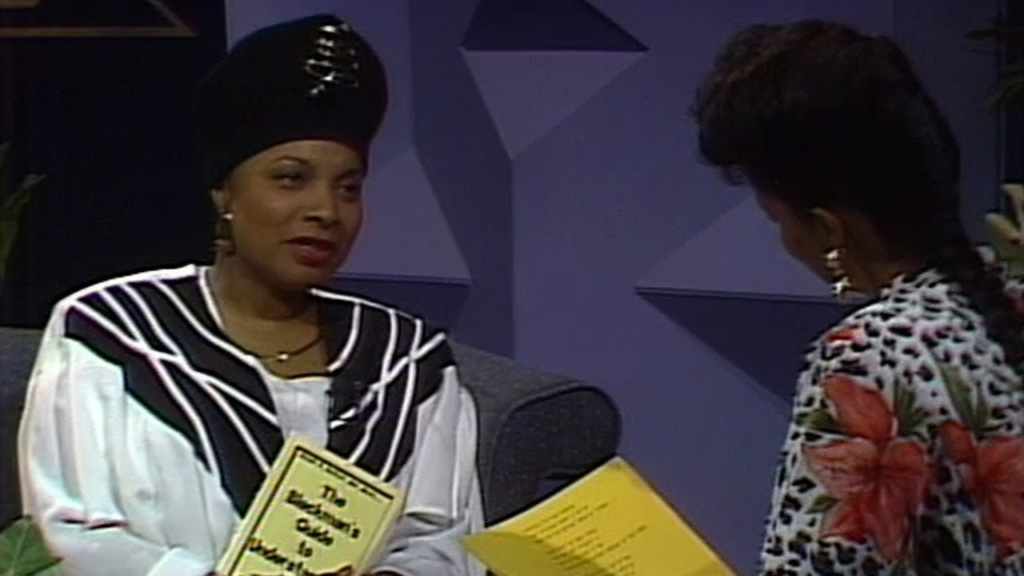
Shahrazad Ali’s “The Blackman’s Guide” sparked nationwide protests in 1989. Dr. Frances Cress Welsing and Dr. Dorothy Height led public opposition. Bookstores sold 100,000 copies in three months. Essence magazine editor Susan Taylor published critical responses.
10. Conservative White Women + Marriage

Phyllis Schlafly’s Eagle Forum expanded under Reagan’s presidency. Beverly LaHaye’s Concerned Women for America gained influence. Membership rose 40% between 1981 and 1985. Connie Marshner advised the Reagan administration on family policy.
9. Backlash

EEOC Chair Clarence Thomas faced criticism over enforcement policies. Eleanor Holmes Norton’s previous guidelines remained influential. Discrimination filings rose 75% between 1980 and 1989. Attorney Eleanor Holmes Norton advocated stronger protections.
8. Gender Discrimination, Sexual Harassment, EEOC

EEOC Chair Clarence Thomas faced criticism over enforcement policies. Eleanor Holmes Norton’s previous guidelines remained influential. Discrimination filings rose 75% between 1980 and 1989. Attorney Eleanor Holmes Norton advocated stronger protections.
7. Abortion Backlash

Operation Rescue founder Randall Terry launched clinic blockades in 1987. Dr. David Gunn faced escalating threats at his Florida clinic. Protesters targeted 500 clinics between 1987 and 1989. NOW president Molly Yard organized clinic defense networks.
6. Campus Rape Culture

Catherine MacKinnon’s legal theories influenced campus policies. MIT Dean Shirley McBay developed first formal assault guidelines. A 1986 survey by Dr. Mary Koss revealed widespread underreporting. Harvard’s Susan Estrich published “Real Rape” in 1987.
5. The Vanessa Williams Controversy

Vanessa Williams resigned her Miss America crown in 1984. Pageant director Albert Marks Jr. faced criticism over racial double standards. The telecast drew 80 million viewers that year. NOW president Judy Goldsmith condemned the forced resignation.
4. Rape Kits + Cheryl Arujo
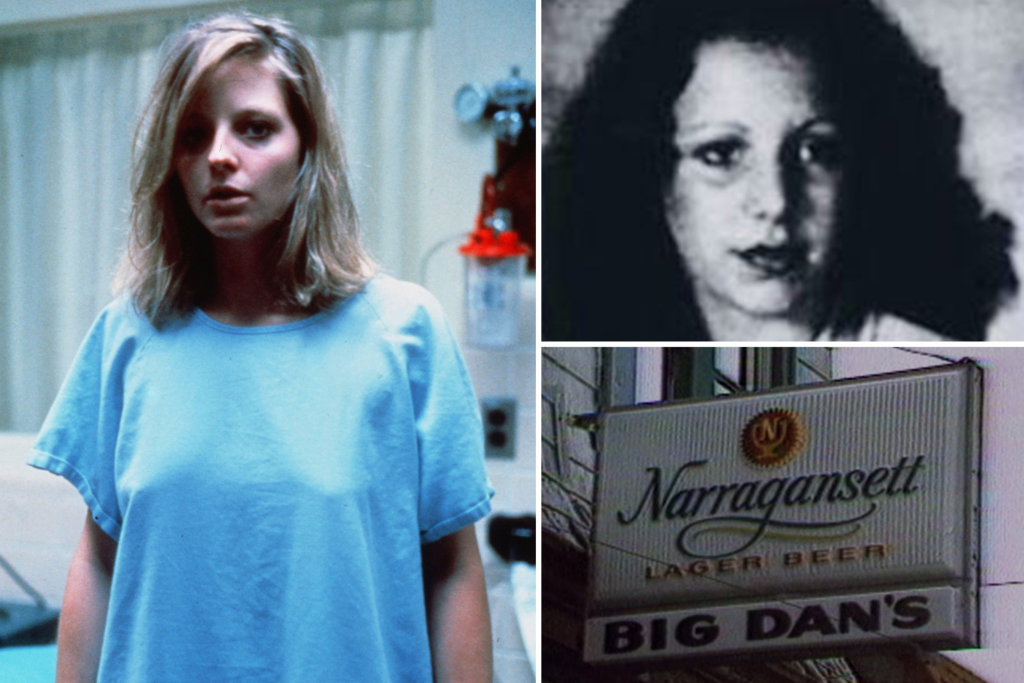
FBI Director William Webster supported rape kit standardization. Dr. Ann Burgess developed trauma-informed protocols. A 1987 study by Dr. Linda Ledray showed most hospitals lacked proper procedures. Manhattan DA Elizabeth Holtzman created specialized prosecution units.
3. Tawana Brawley

FBI Director William Webster supported rape kit standardization. Dr. Ann Burgess developed trauma-informed protocols. A 1987 study by Dr. Linda Ledray showed most hospitals lacked proper procedures. Manhattan DA Elizabeth Holtzman created specialized prosecution units.
2. Femicide + Stalking

California State Senator Ed Royce introduced the first anti-stalking law. Representative Barbara Boxer supported federal legislation. Studies showed women faced 73% higher risk of intimate partner homicide. DA Elizabeth Holtzman pioneered domestic violence prosecution.
1. Congressional Women’s Caucus

Representatives Patricia Schroeder and Olympia Snowe led bipartisan efforts. Senator Nancy Kassebaum supported family leave legislation. The Caucus grew to 23 members by 1989. Barbara Mikulski became the first Democratic woman elected to the Senate in her own right.











